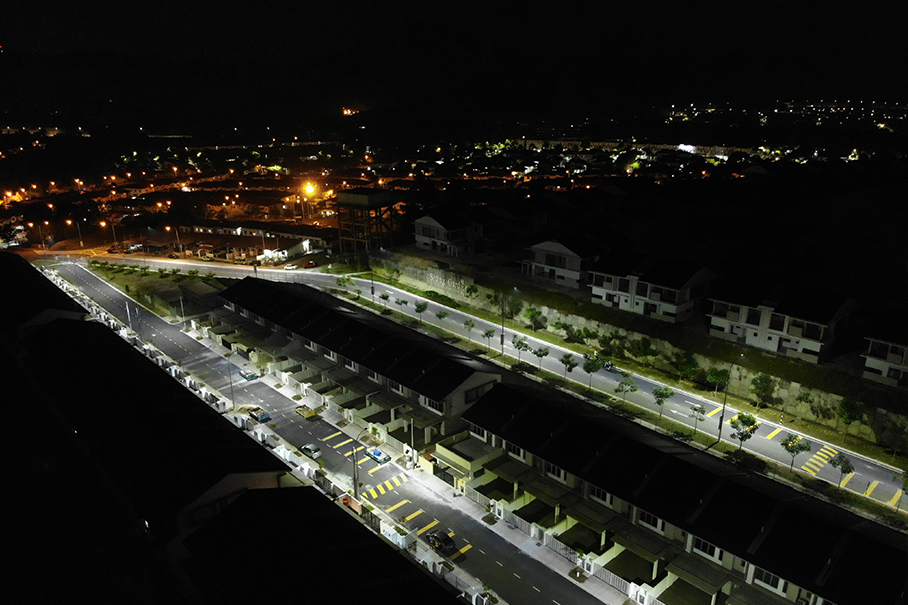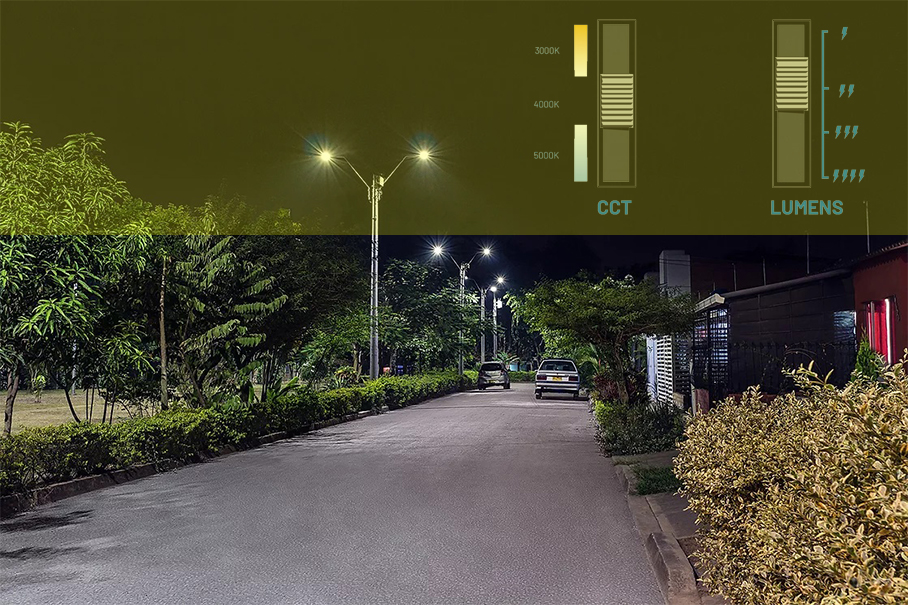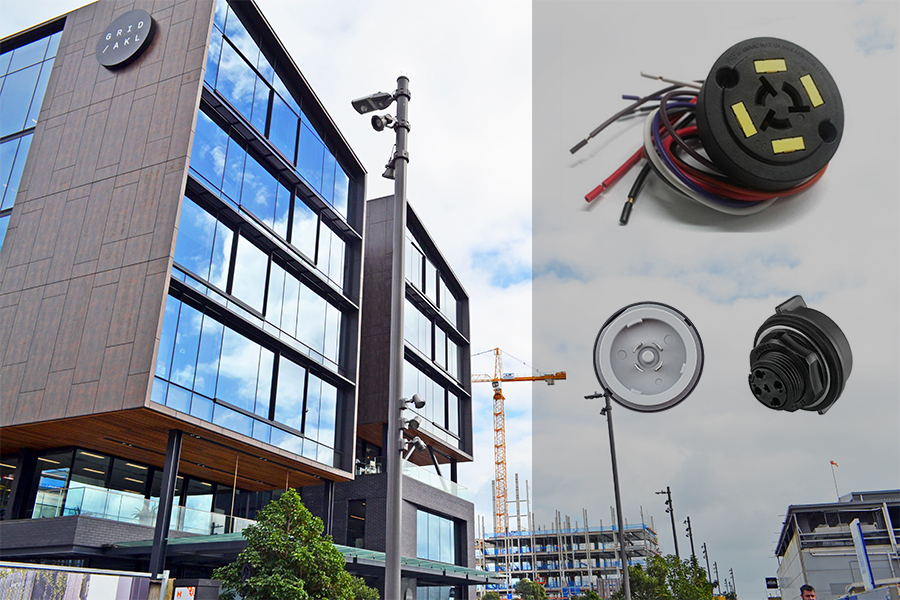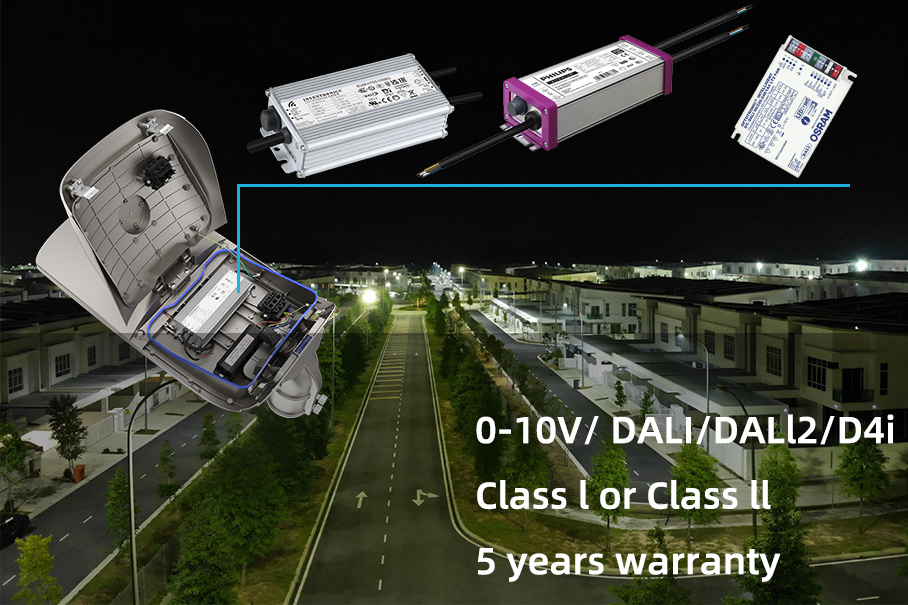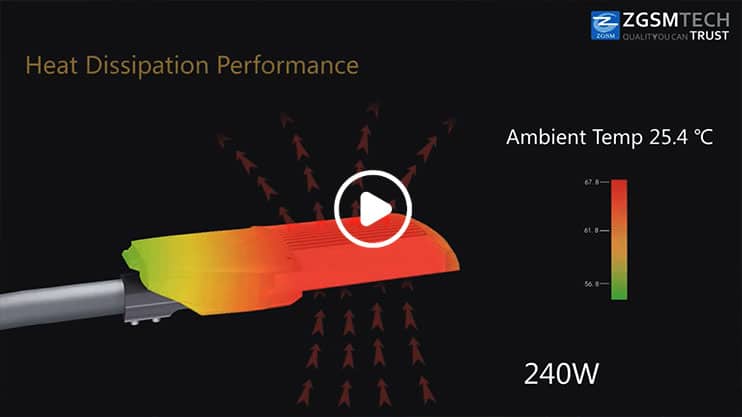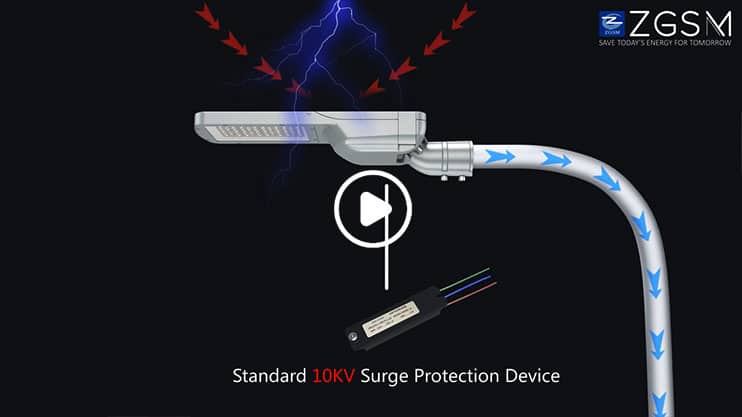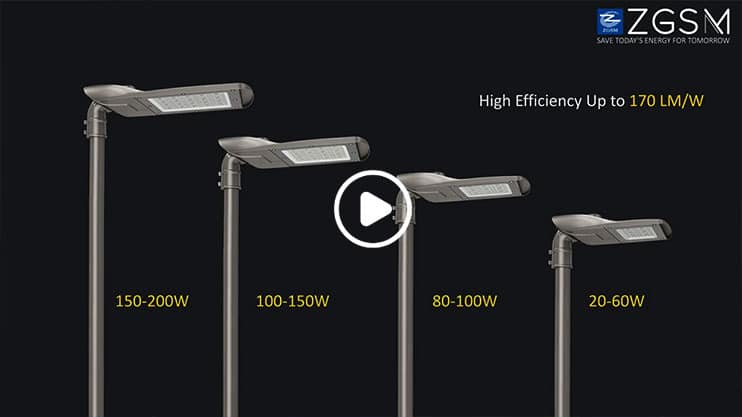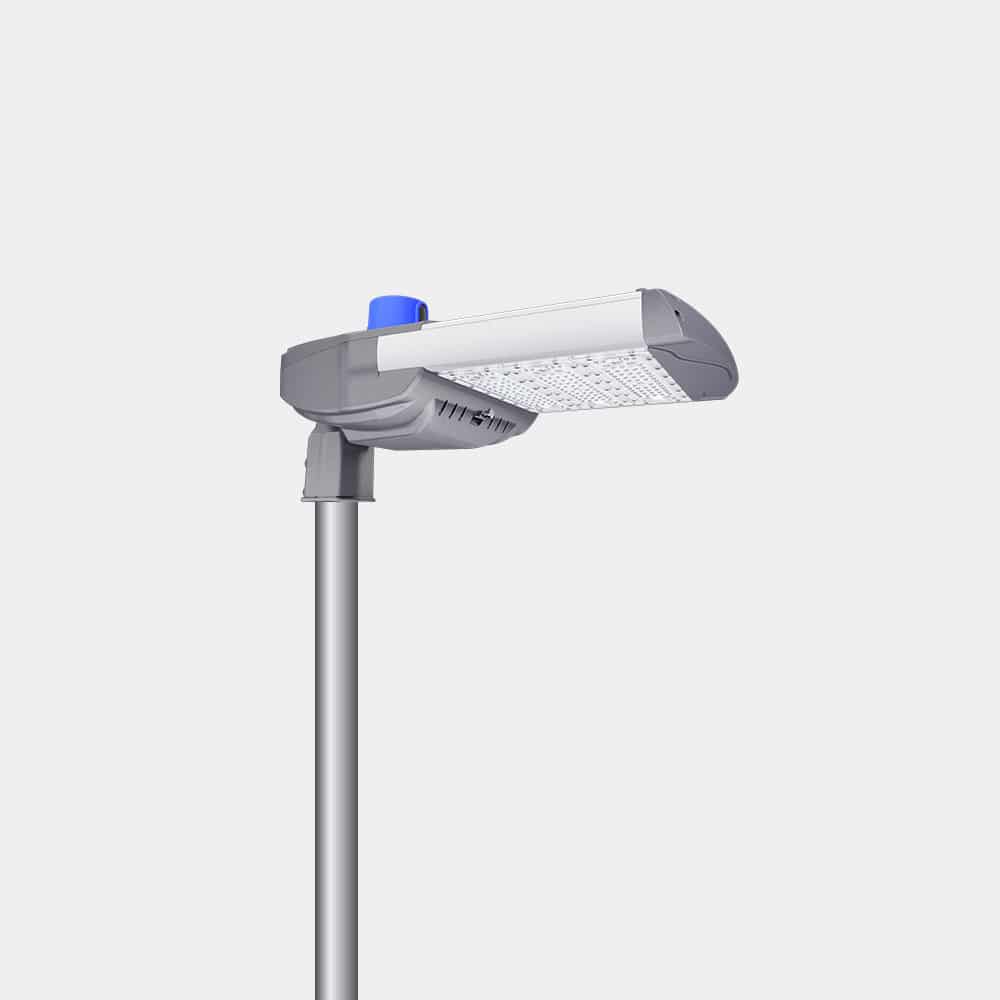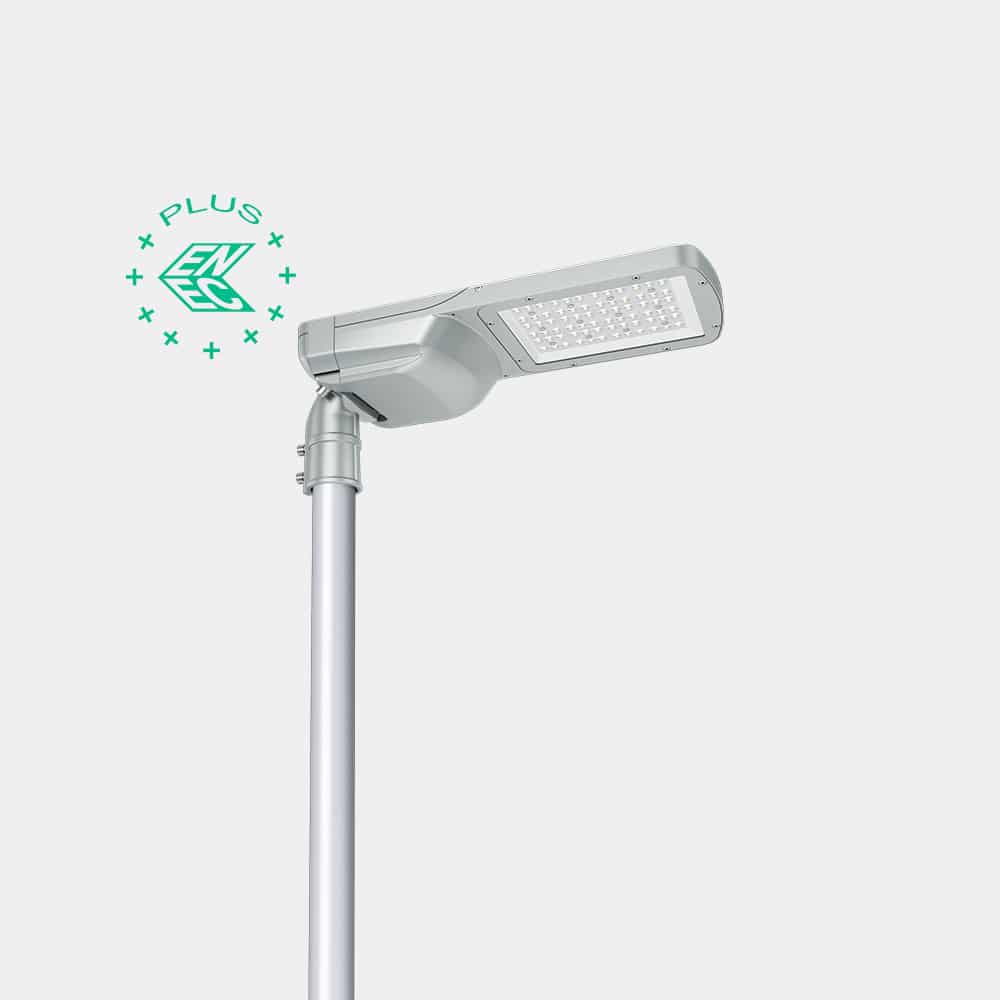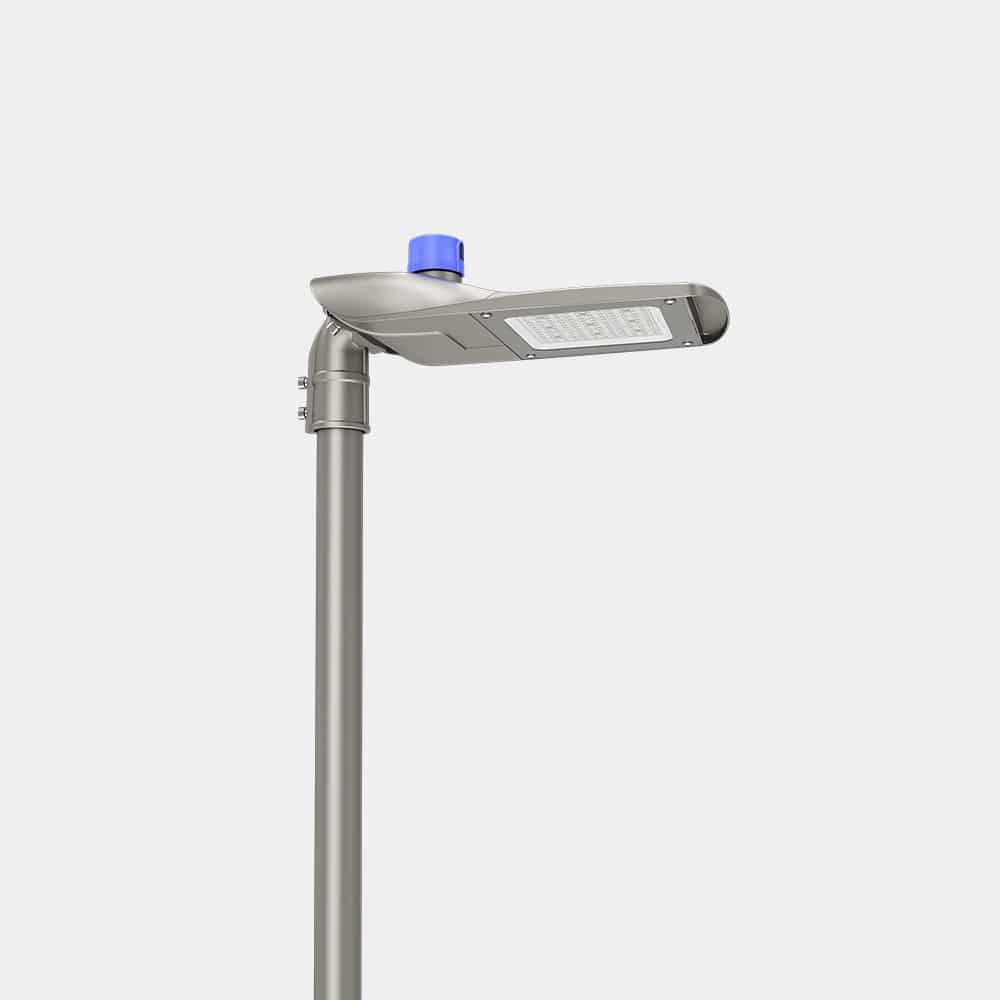The Difference Between Wide Voltage And Narrow Voltage Of LED Lights

Sally Liu
Introduction
With its high luminous efficiency, long lifespan and energy-saving performance, LED lights have become the best choice for our lighting equipment. After more and more people know the advantages of LED lamps, they start to buy LED lamps to replace the old traditional lamps. In the field of LED lighting, ZGSM has become one of the best LED light supplier in China by virtue of its professionalism in designing lamps, efficient lamp production, strict quality control and timely after-sales service. ZGSM has been focusing on the research and development of LED lamps for more than 17 years, and has developed more than 50 different types of LED lighting products, including LED street lights, LED high bay lights, LED canopy lights, LED flood lights, LED gas station lights, spilt and all in one solar LED street lights, LED projector lights, LED traffic lights, LED plant grow lights and so on. These lighting fixtures have been sold to more than 90 countries around the world. As we all know, the mains voltage of different countries is different, so how can LED lamps work under different voltages in different countries around the world?
Download
How Does LED Work?
Minority charge carriers and majority charge carriers recombine at the junction when a current is passed through the diode. Energy is released during recombination in the form of photons. In short, an LED is a material that emits light when powered on.
Wide Voltage And Narrow Voltage Of LED Lights
Forward Voltage of LED
The rated forward voltage of different LEDs is different, generally between 3V and 32V. For example, the forward voltage of LUMILEDS 3030 LED chips used in ZGSM LED lamps is 5.8-6.6V, while the forward voltage of Lumileds 5050 lamp beads is 23.5-26.5V.
Input Voltage of LED Lights
The input voltage of the LED lamp is different from the forward voltage of the LED. In the current mainstream lighting design, usually a lighting module of an LED light consists of different numbers of LED chips, which are connected in series or in parallel. These LED chips are soldered on the PCB board by SMD. The number of LED chips connected in series will affect the working voltage of LED lamps. For example, ZGSM’s 120W Rifle series LED street light uses 3030 lamp beads with 24 series and 8 parallel design. The rated input voltage of this lamp is about 6*24=144V.
Download
How Does LED Lights Work?
LED light is a kind of lamp that uses LED as light source. As far as I know, LEDs need a constant voltage to work properly and stably, as do LED lights. However, the mains electricity in each country is alternating current. How do LED lamps work under alternating current? At this time, we need to use the driver. The drivers are generally divided into DC drivers and AC drivers.The DC drivers are usually used in solar lighting systems, such as solar street lighting, solar garden lighting, solar park lighting and so on. The LED lights that work under the mains are usually equipped with AC drivers. The AC drivers are further divided into narrow voltage drivers and wide voltage drivers.
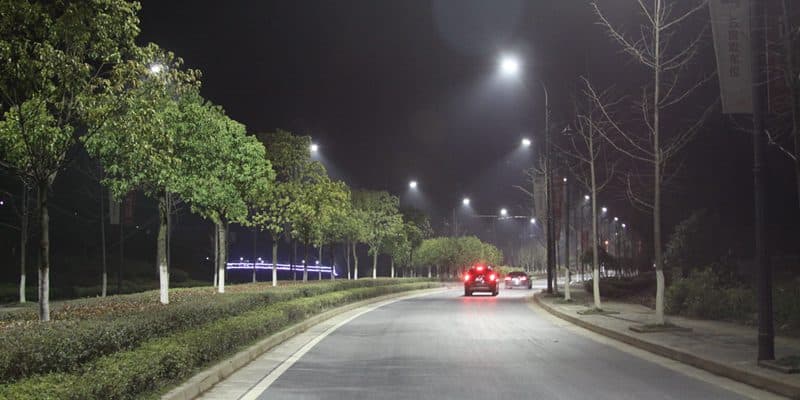
What’s The Difference Between Narrow Voltage And Wide Voltage Of LED Lights?
What is wide wattage meaning? LED Lights with wide voltage drivers refer to the input voltage that can be applied to any country in the world grid voltage requirements, the range is 85-305vac (Some LED lights which only marked 85-265vac is not wide enough to cover all the countries).
What is narrow wattage meaning? Narrow voltage refers to that the input voltage can only be applied to the grid voltage requirements of certain countries. For example, the grid voltage range for mainland China and Europe is 176-305vac. For example, the grid voltage range for most states in Japan and the United States is 80-144vac.
Narrow Voltage VS Wide Voltage
It is difficult for us to simply say that a wide voltage is better or a narrow voltage is better. Generally speaking, we will give preference to LED lamps with wide voltage drivers, because LED lamps with wide voltage can be applied in almost all countries in the world, so that we can easily promote it to all customers without considering the local voltage. On the other hand, it is more convenient for us to prepare more drivers in advance for stock as a manufacturer, and it can also be more convenient for our distributor customers to purchase larger quantity at a time and shipping by sea to save freight cost.
While the input voltage is only one of the parameters of LED lights. Sometimes we also need to consider other parameters and functions. For example, some drivers with DALI only have narrow input voltage from 200-240VAC, but only if we confirm the main voltage of the country we will install the LED lights is between 200VAC and 240VAC, it’s no problem to choose this narrow voltage drivers.
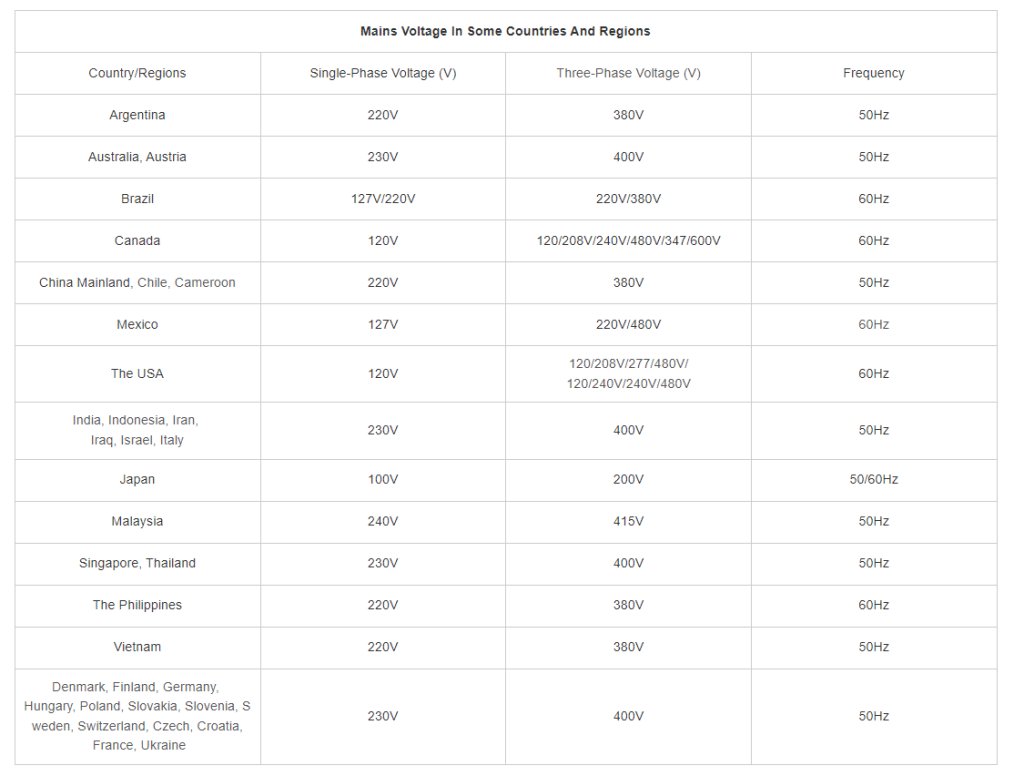
Summary
No matter it is a wide-voltage or narrow-voltage driver, we only need to choose a driver with complete functions and good performance that meets the requirements of our project according to the lighting needs of our project. As a Top 10 LED light manufacturer in China, we choose Meanwell, Inventronics, Philips, Osram drivers for our LED lights. The diversified input voltage and dimming functions can meet the requirements of various countries and projects. If you need to know more or don’t know how to choose, please feel free to contact us. ZGSM’s professional team will give you the best technical support.
FAQ
Author

Sally Liu
Sales Engineer
Possessing more than 10 years of experience in street lighting solutions. English and Spanish language proficiency.
